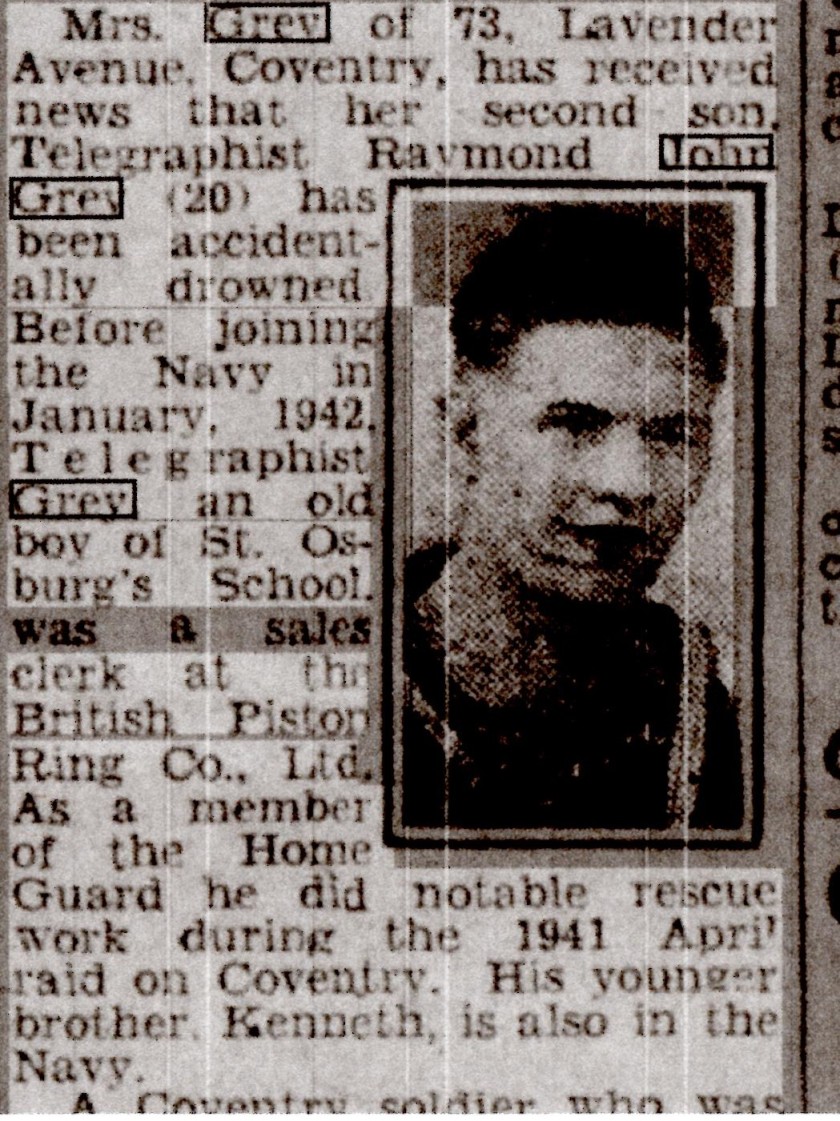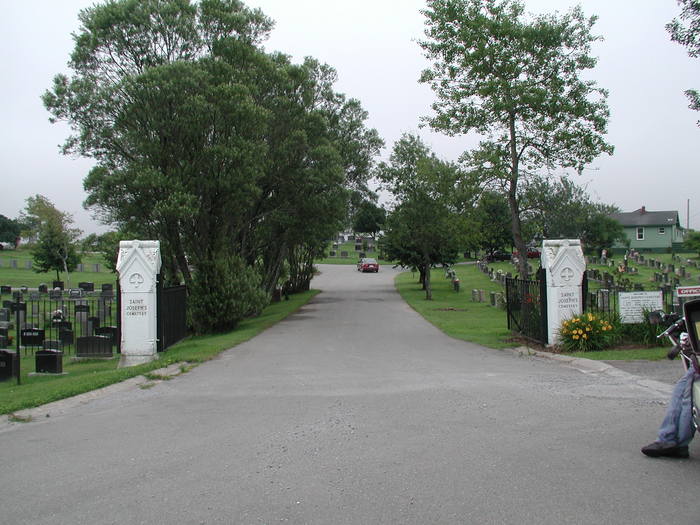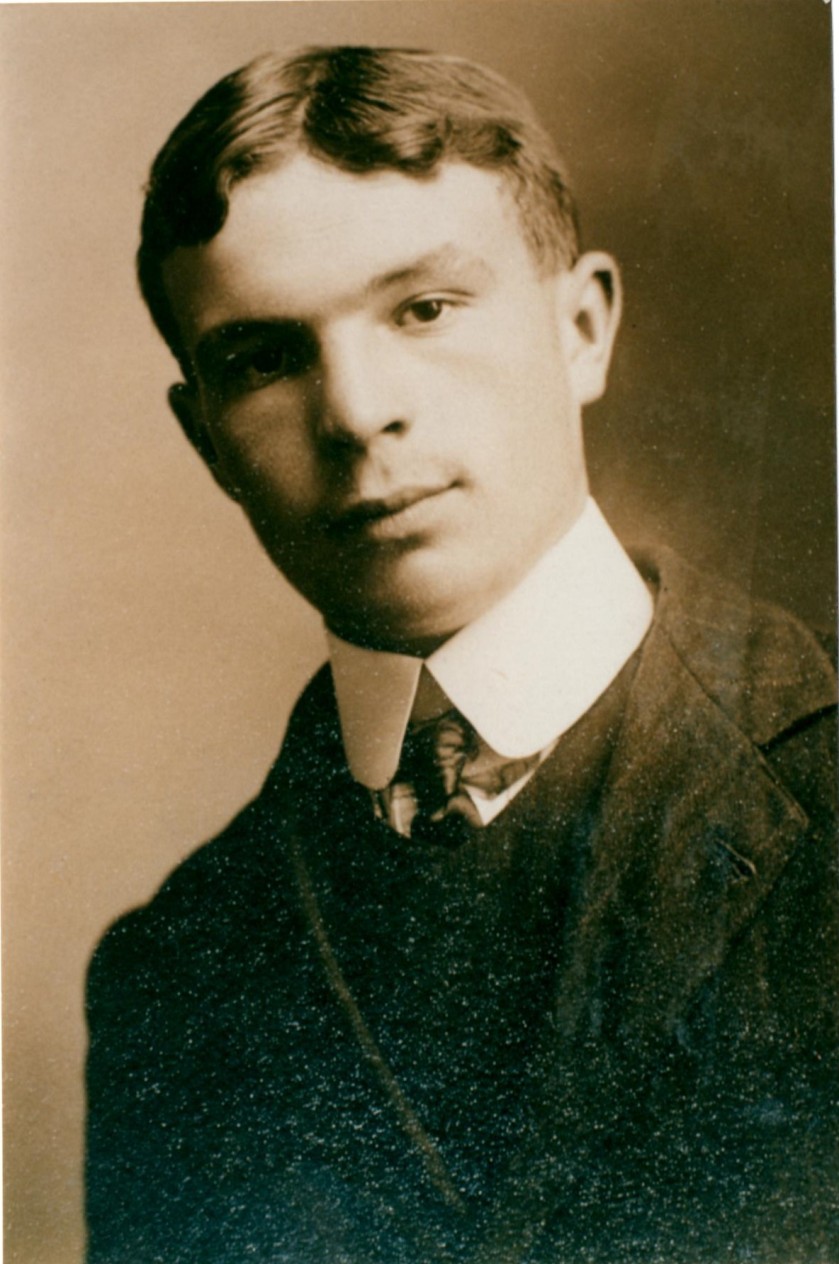During the Second World War my father lost a brother. Here is the story of the Uncle I never had the chance to meet.

Raymund John Grey was born on 6 January 1923 at 53 Much Park Street, Coventry. (I have used the spelling Raymund as this is how it appears on his birth certificate however later documents have the spelling as Raymond). His father James George William Grey was a Motor Tester. His mother was Catherine Grey nee Marsh. Raymund had an older brother James Ellis (Uncle Jim) and an older sister Hilda Anne (Aunty Hilda). When Ray was just nineteen months old his mother gave birth to my father Kenneth Joseph. Another sister arrived two years later Catherine Monica (Aunty Monica) and the family was completed in 1931 with the arrival of my Uncle Tony.
I have been told by family members that Ray and my father were very close. Being so near in age I imagine them growing up together possibly getting into all sorts of mischief.They spent their childhood together in Coventry in Short Street where my father and Aunty Monica were born and then moved to Cheveral Avenue by the time Uncle Tony was born.
Unfortunately before the outbreak of World War 2 Ray’s parents had separated. On the 29 September 1939 a National Register was taken of everybody living in Great Britain and Northern Ireland. It was this register that would be used when the government were to issue identity cards and ration books. On the register I found my Grandfather still in Cheveral Avenue but living on his own. His occupation is listed as Air Ministry Warden. My Grandmother was now living in Victory Road with all of the children apart from my Aunty Hilda who had married in 1932

Ray joined the Royal Navy in January 1942 at the age of 19. He had previously been a member of the Home Guard and was probably on fire and rescue duty during the many raids Coventry suffered. Unfortunately I don’t know anything about his naval career. Maybe a trip down to the National Archives in London may reveal something but for now I only have photographs, family stories and the knowledge that he died on war service in Canada.

According to a family photo I have, Uncle Ray was certainly in St. John, New Brunswick Canada in July 1943 as it is written on the back of the photo. On a list of Navy death records I found that at the time of his death, 21 August 1943, he was serving on HMS Arcturus as a Telegraphist. All I can find out about HMS Arcturus is she was a minesweeper of the Algerine class. She was ordered on 9 December 1941, laid down on 21 February 1942 and launched on 31 August 1942. However she was not commissioned until 23 October 1943, this was 2 months after Ray’s death. She was built by Redfern Construction of Toronto, Canada.

The sad thing about Uncle Ray’s death is it was an accidental drowning. Family members have told me he had suffered an injury loosing a lot of blood. While on a training exercise, which involved a swim in the St.John river, he got into difficulty, whether this was as a result of the injury I don’t know. Before any one realised there was a problem it was too late. My poor Grandmother felt he was out of danger being in Canada and just a week before Ray’s death her mother (my Great Grandma Ann Marsh) had died.

A lovely but sad story my dear cousin Wendy in Australia has told me was a memory she has of a visit to Grandma’s. Although very young she remembers being surprised to see all three family members who had enlisted there at the same time, Uncle Ray, my father also in the Royal Navy and Aunty Monica. Not sure of the exact reason, it seemed unusual for the three of them to get leave at the same time unless it was for Ann Marsh’s funeral. She died on 14 August and the funeral was on 17 August and Uncle Ray is definitely back in Canada on 21 August when he has his terrible accident. I have found out from the newspaper announcement of Great Grandma Ann’s death she had been in hospital for a short time prior to it. So could the leave have been to visit her in hospital especially if the prognosis was not good? However enough supposition, this visit was the last time anyone of the family saw Uncle Ray. A short time later my cousin found out he had died and a couple of weeks after that a parcel arrived from Canada for her. It contained a pink and white bunny from our Uncle Ray. She named it Yankee Doodle, Canada/America seemed like the same country to her then.
Although he was not killed in action but died on war service he is still remembered with honour at St.Joseph’s Roman Catholic Cemetery, St.John County, New Brunswick, Canada. He is buried in Naval Plot Grave 38.


A year after his death the family remembered him with a memoriam notice in the local paper. There were two announcements, one from his Mother and siblings still at home and one from my Aunty Hilda and her family. He is still remembered today certainly by some of his nieces and nephews. RIP Uncle Ray.

Newspaper Extract copyright Trinity Mirror. Image created courtesy of THE BRITISH LIBRARY BOARD. Taken from the website www.britishnewspaperachive
Photo of St.Joseph’s Cemetery from Commonwealth War Graves Commission
















